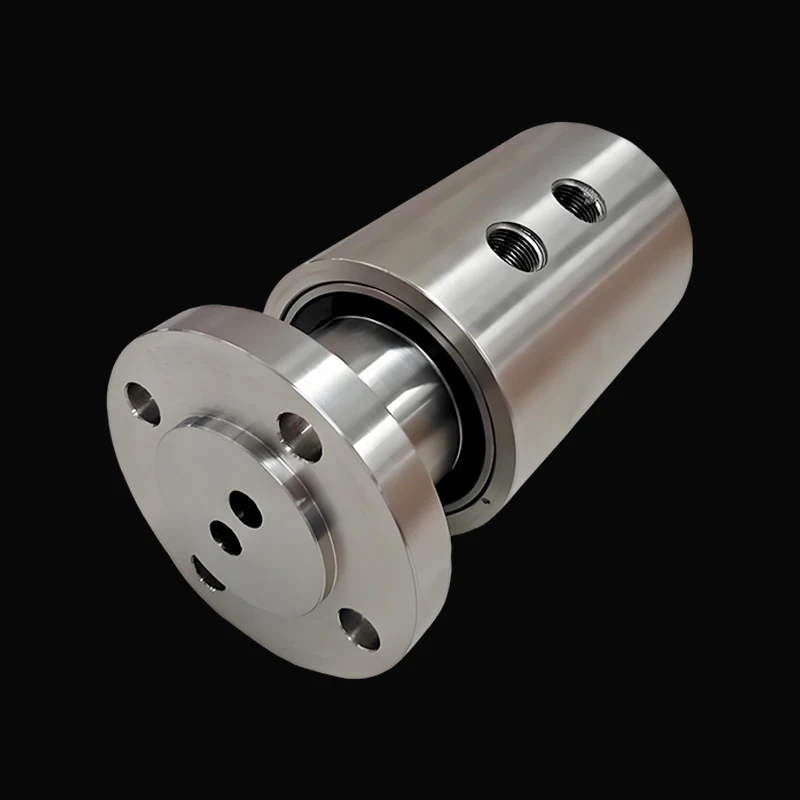How High-Strength Die Castings for PET-CT Rotating Gantries Enhance Medical Imaging Performance
2025-03-31
PET-CT scanners are a vital tool in modern medicine, providing detailed images that help doctors diagnose and treat patients. The efficiency and accuracy of these scanners depend on the high-quality components that power them. One such key component is the die castings used in the PET-CT rotating gantry. These die castings are not only crucial for the scanner’s functionality but also help ensure high precision and stability during the scanning process.
Understanding Die Castings for the PET-CT Rotating Gantry
The PET-CT rotating gantry is responsible for supporting and rotating key components like the CT detector and the X-ray tube, which are essential for capturing the detailed images produced by the system. These components rotate at high speeds, capturing images from various angles to provide comprehensive scans of the patient’s body. However, this high-speed movement demands components that are both durable and precise.
Die castings used in the rotating gantry are designed to meet these demands. The parts must withstand the forces generated by high-speed rotation while maintaining structural integrity and stability throughout the scan. This is where the importance of high-quality die-cast components comes into play.
The Benefits of Using Aluminum Alloy for Die Castings
The die castings for PET-CT rotating gantries produced by Yuyao Huantong utilize high-strength aluminum alloys, known for their exceptional mechanical properties. Aluminum alloys offer a combination of strength and lightweight characteristics, allowing the gantry to rotate smoothly without adding unnecessary weight to the system. The reduced weight also helps maintain the scanner's balance and stability, further contributing to its overall performance.
Moreover, aluminum alloys are highly resistant to deformation, which ensures that the die castings retain their structural integrity even under the stress of high-speed rotations. This level of durability is essential for long-term use in medical imaging equipment.
Precision Manufacturing for Better Performance
The die-casting process used to manufacture these parts is another key factor that contributes to their high quality. With precision die-casting techniques, the die castings for PET-CT rotating gantries are produced to extremely tight tolerances. This ensures that each part fits perfectly within the system, reducing the risk of mechanical failure and improving the overall performance of the scanner.
The precision involved in the die-casting process also helps reduce surface imperfections, leading to smoother, more reliable parts that require less maintenance and repair.
Ensuring High Stability and Accuracy
Stability and accuracy are non-negotiable when it comes to PET-CT scanners. The die castings for the rotating gantry play a significant role in maintaining these crucial characteristics. With high-strength materials, precise manufacturing, and advanced die-casting techniques, the die castings support the scanner’s rotation without introducing any instability or mechanical issues.
Ultimately, this ensures that the scanner can consistently produce clear, accurate images for medical professionals to base their diagnoses on.
In conclusion, die castings for PET-CT rotating gantries are essential for the smooth operation and precision of PET-CT scanners. The combination of high-strength aluminum alloys and precision die-casting manufacturing methods ensures that these components provide the stability and reliability required in a high-performance medical device. For healthcare providers and manufacturers, choosing high-quality die castings is an investment in the longevity and accuracy of their PET-CT systems.



